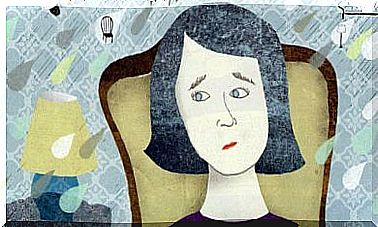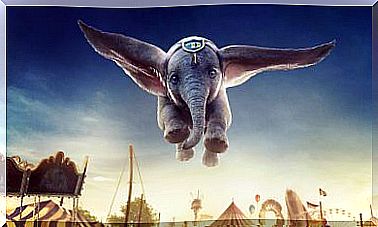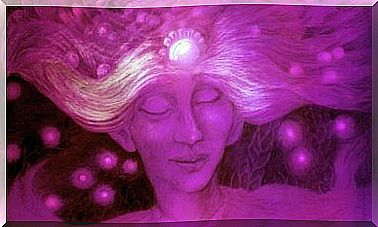Paul Ekman, The Lie Catcher

Today we dedicate a space to a great American psychologist. Paul Ekman is a pioneer in the study of human emotions and their relationship to facial expressions. His research has led him to occupy a prominent position among the 100 most cited psychologists of the 20th century.
Ekman created an atlas of emotions that contains more than 10,000 facial expressions. His most notable discovery was microexpressions. They are specific expressions that can appear on the human face for fractions of a second and were the result of seminal research on the specific biological correlates of specific emotions.
His research has also provided invaluable material for the study of all social aspects of deception. He studied in depth the reasons why people lie, and how it is possible to detect lies through micro-expressions.

Career
Paul Ekman was born in Washington, DC, in 1934. His studies were carried out at the Universities of New York and Chicago. In 1958 he obtained his doctorate in clinical psychology. After finishing his studies, he spent some time as a consultant at the Langley Porter Neuropsychiatric Institute.
He was a professor of psychology in the Department of Psychiatry at the University of California, San Francisco. He was active in both until 2004.
He has received numerous awards for his research work, including the American National Institute of Mental Health Research Scientific Award, which he has been awarded six times.
Paul Ekman and non-verbal communication
In 1957, Paul Ekman published his first book, the result of his early interest in non-verbal communication. Among other things, he showed that facial movements that created different facial expressions could be studied through empirical research.
After his first publication, he devoted his efforts to developing different techniques to measure non-verbal communication. Being able to empirically measure non-verbal behavior was his most important goal at that stage of his career.
It was a colleague, psychologist Silvan Tomkins, who convinced Ekman to expand his studies on non-verbal communication from the body to the face. He discovered, then, that human beings are capable of more than 10,000 facial expressions. Of all of them, only 3,000 are relevant to emotions.
Universal expressions of emotion
In the 1950s, and following Darwin’s postulates, it was believed that facial expressions, along with their meanings, were biologically determined and universal.
Paul Ekman and his research partner, Wallace Friesen, showed that, although some expressions were universal, such as fear, anger, sadness, joy and surprise, some emotions were expressed determined by the cultural environment, a through learning.
His studies concluded that some emotions were exhibited under specific rules set by the culture and how these rules could hide the universal effect of expression. That is, the expression of some emotions was regulated by specific social prescriptions about who, when and to whom the emotions can be shown or not.

Detecting the lies
In his long research career, Paul Ekman devoted part of his time to studying deception and its social aspects. It studied around 20,000 people from all walks of life and showed that, of all of them, only 50 were capable of detecting deception without express and prior training.
This study is known as the Wizards project and Ekman affectionately christened people capable of detecting deception in others as the Wizards of Truth. His research expanded to the social influence that lies have and the importance of deception for emotional well-being.
Paul Ekman’s contribution to psychology
A popular television series titled Lie to Me (Lie to me) is based on the research of Paul Ekman. The protagonist of the series is a doctor, trained to detect deception, and is completely inspired by Ekman himself.
Micro expressions are small involuntary changes in facial expressions that indicate anxiety or discomfort. Thus, he created a coding system (FACS) where each expression is classified, both on the face and on the rest of the body. His research work has left an important legacy to modern psychology. Especially his studies on the micro-expressions used to detect whether people are telling the truth or not.









